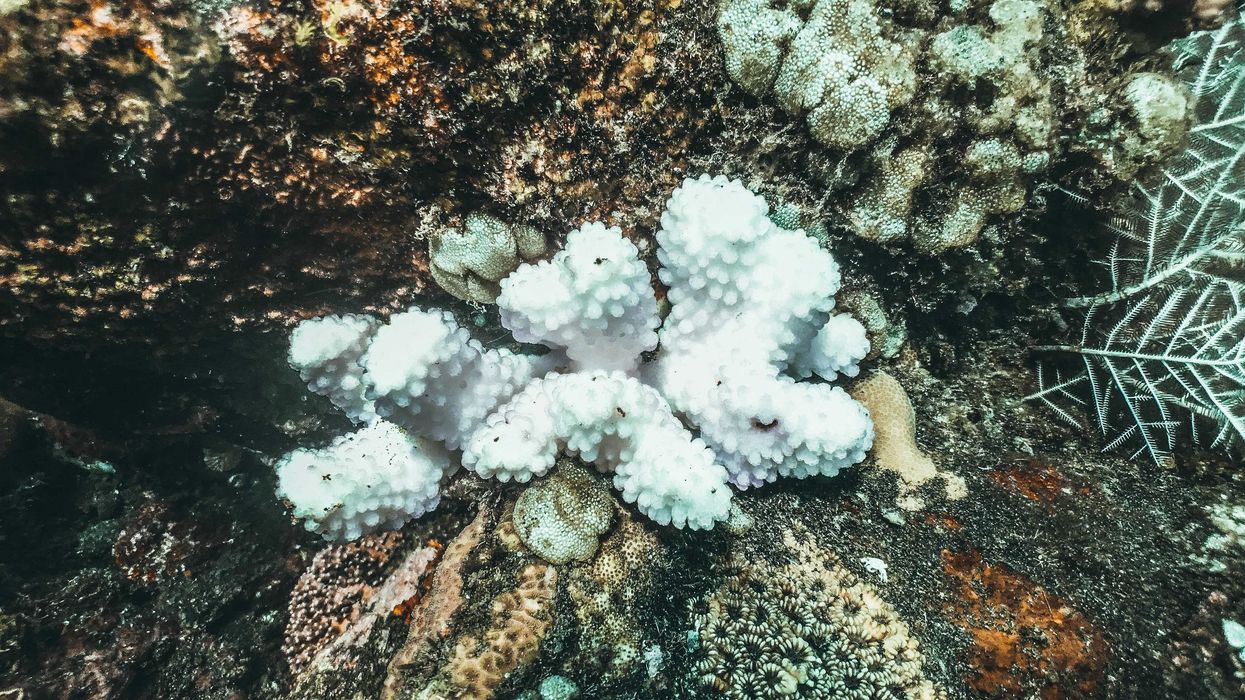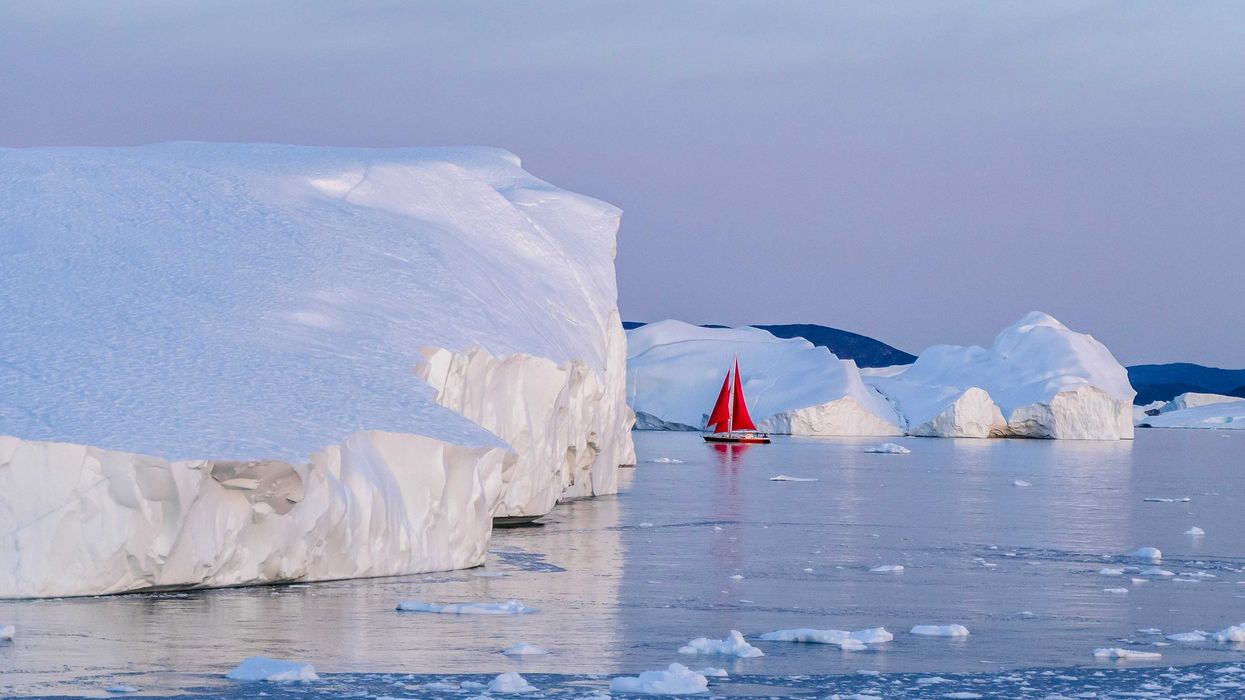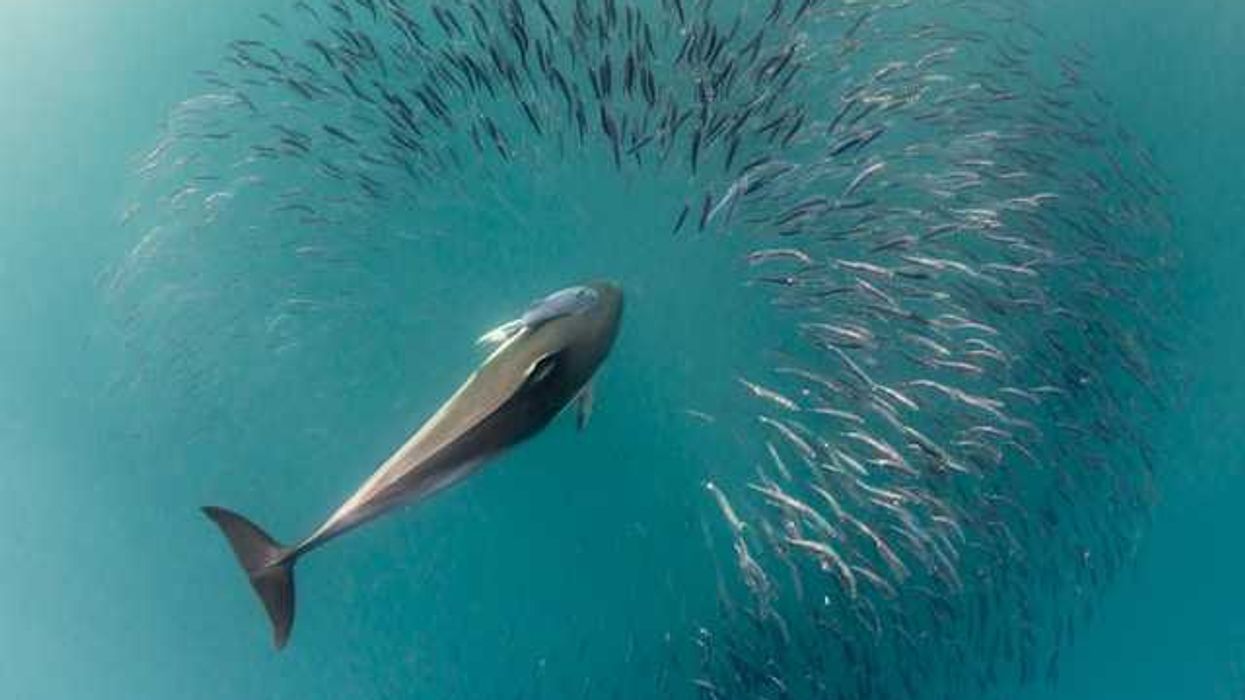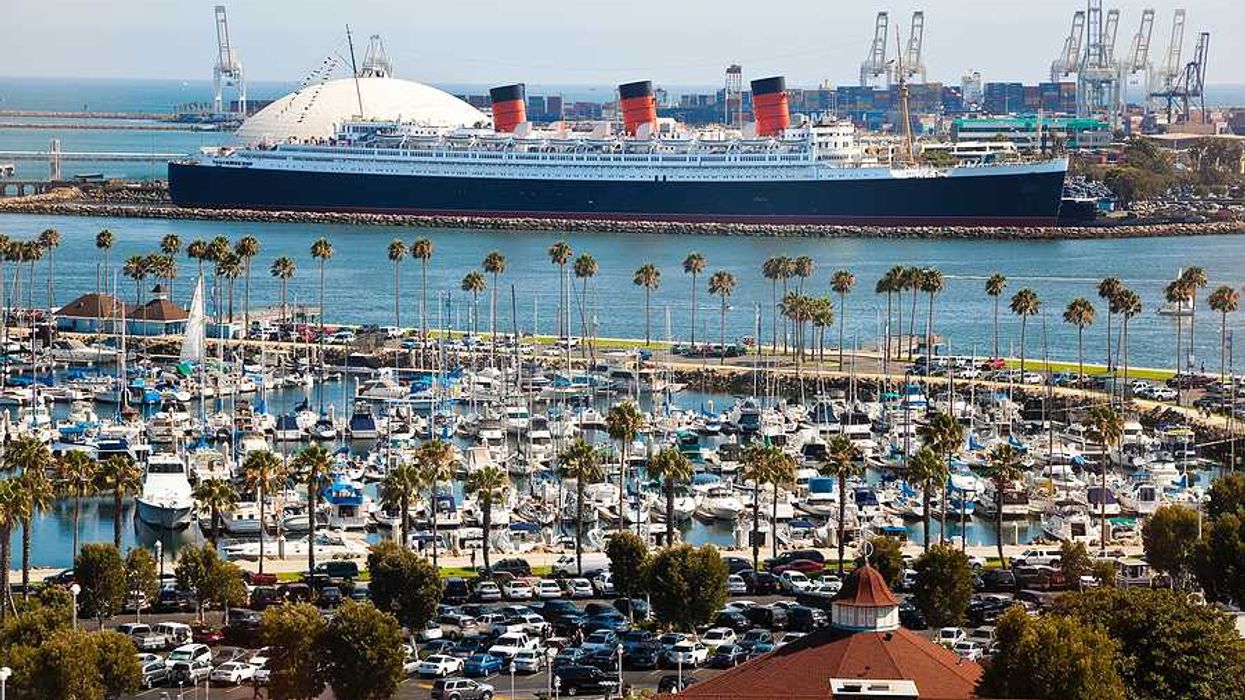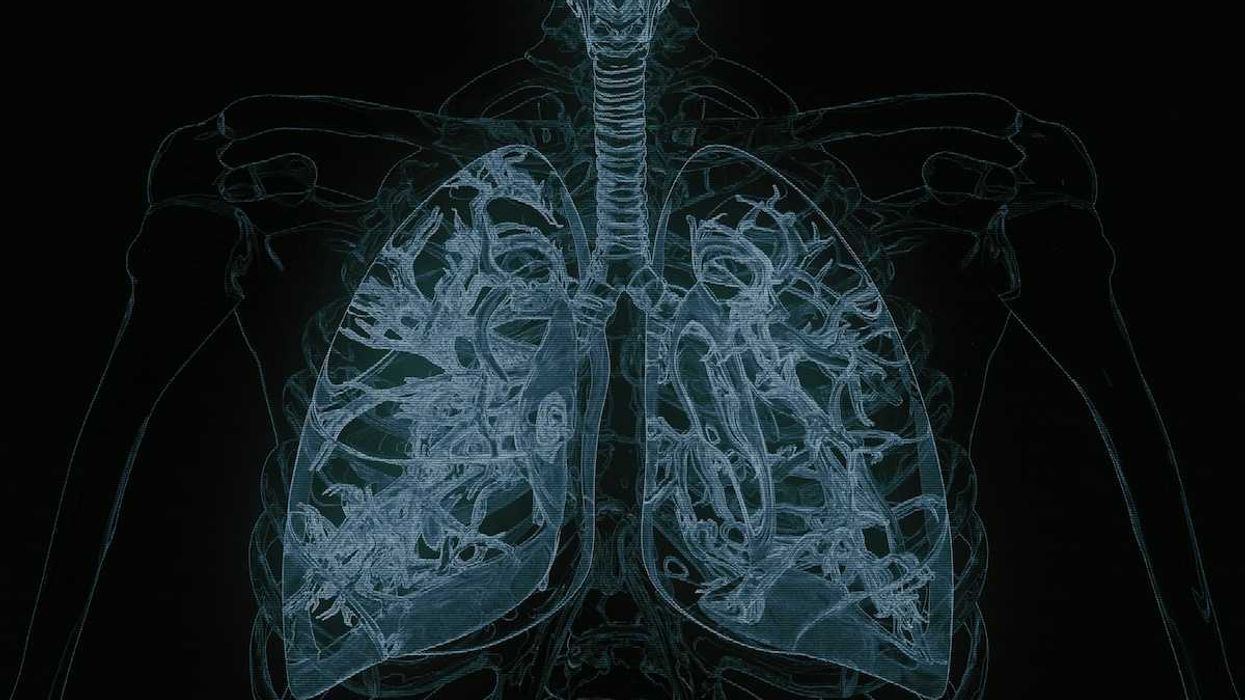Japan has launched its first osmotic power plant in Fukuoka, aiming to generate electricity by mixing freshwater and seawater in a steady, weather-independent system.
Ima Caldwell reports for The Guardian.
In short:
- The Fukuoka facility is the world’s second operational osmotic power plant and uses the natural movement of water across a membrane to generate electricity, producing enough energy to help run a nearby desalination plant.
- Unlike solar or wind power, osmotic energy provides a continuous output, day and night, though efficiency remains limited due to energy losses from pumping and membrane friction.
- Researchers see promise in the technology, especially with advancements in membrane design, and note the use of concentrated brine from desalination processes as a key advantage in maximizing energy generation.
Key quote:
“While energy is released when the salt water is mixed with fresh water, a lot of energy is lost in pumping the two streams into the power plant and from the frictional loss across the membranes. This means that the net energy that can be gained is small.”
— Sandra Kentish, professor at the University of Melbourne
Why this matters:
Osmotic power offers a low-emissions energy source with the unique benefit of constant output, unlike solar or wind. As the world looks for cleaner alternatives to fossil fuels, especially to support water-scarce cities with energy-intensive desalination, this approach could reduce reliance on coal and gas. It also harnesses a natural, local resource — salinity differences at river mouths or from salt lakes — without polluting air or water. Still, its viability depends on overcoming technical hurdles like membrane efficiency and energy loss. If scaled successfully, it could support coastal or arid regions where freshwater and saltwater intersect, with minimal land use and environmental disruption.
Read more: Renewable energy and biodiversity: Striking a balance




